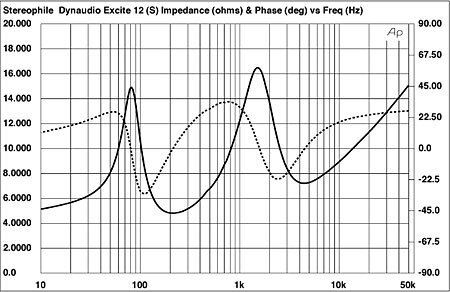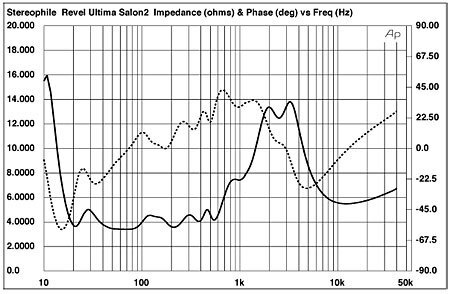Answered
Number of speakers a Connect AMP powers
How many regular speakers can I hook up to the Connect AMP?
Best answer by Lucid AV
The amp is designed to handle a 4-8 Ohm load per channel. i.e. left and right. You can run a higher Ohm load, it'll just make less volume per speaker. What you have to avoid is going below 4 Ohms. There's a risk to the amp and the speakers.
Check your speakers for their impedance rating. If the speakers are all 8 Ohm then you can wire two speakers per channel and connect them in parallel. That's the + / positive / red wire of both speakers going to the left red terminal. (repeat for the right speakers and right +ve / red terminal). Then the - / negative / black wires from both speakers going to the left black terminal. (repeat for the right channels speakers and right -ve / black terminal)
Wiring like this puts a 4 Ohm per channel load on to the amp. This is the lowest you can go with speakers directly connected.
For speakers with a 6 Ohm or lower rating do not connect them in parallel. The amp will see a lower load than 3 Ohms and this is bad.
If you want to wire any more that two pairs of speakers and do it safely then there are adapter boxes called Impedance Matching Speaker Switches which will allow more speakers to be connected. The good ones use a transformer to protect and isolate the amp from the speakers. The B-Tech BT913 4 Way Speaker Switch will allow the connection of 4x pairs (8 individual) of speakers to a stereo amp.
Check the instructions of any impedance matching switch before parting with your money. The impedance combinations will affect the total number of speakers you can connect.
Check your speakers for their impedance rating. If the speakers are all 8 Ohm then you can wire two speakers per channel and connect them in parallel. That's the + / positive / red wire of both speakers going to the left red terminal. (repeat for the right speakers and right +ve / red terminal). Then the - / negative / black wires from both speakers going to the left black terminal. (repeat for the right channels speakers and right -ve / black terminal)
Wiring like this puts a 4 Ohm per channel load on to the amp. This is the lowest you can go with speakers directly connected.
For speakers with a 6 Ohm or lower rating do not connect them in parallel. The amp will see a lower load than 3 Ohms and this is bad.
If you want to wire any more that two pairs of speakers and do it safely then there are adapter boxes called Impedance Matching Speaker Switches which will allow more speakers to be connected. The good ones use a transformer to protect and isolate the amp from the speakers. The B-Tech BT913 4 Way Speaker Switch will allow the connection of 4x pairs (8 individual) of speakers to a stereo amp.
Check the instructions of any impedance matching switch before parting with your money. The impedance combinations will affect the total number of speakers you can connect.
This topic has been closed for further comments. You can use the search bar to find a similar topic, or create a new one by clicking Create Topic at the top of the page.
Enter your E-mail address. We'll send you an e-mail with instructions to reset your password.



